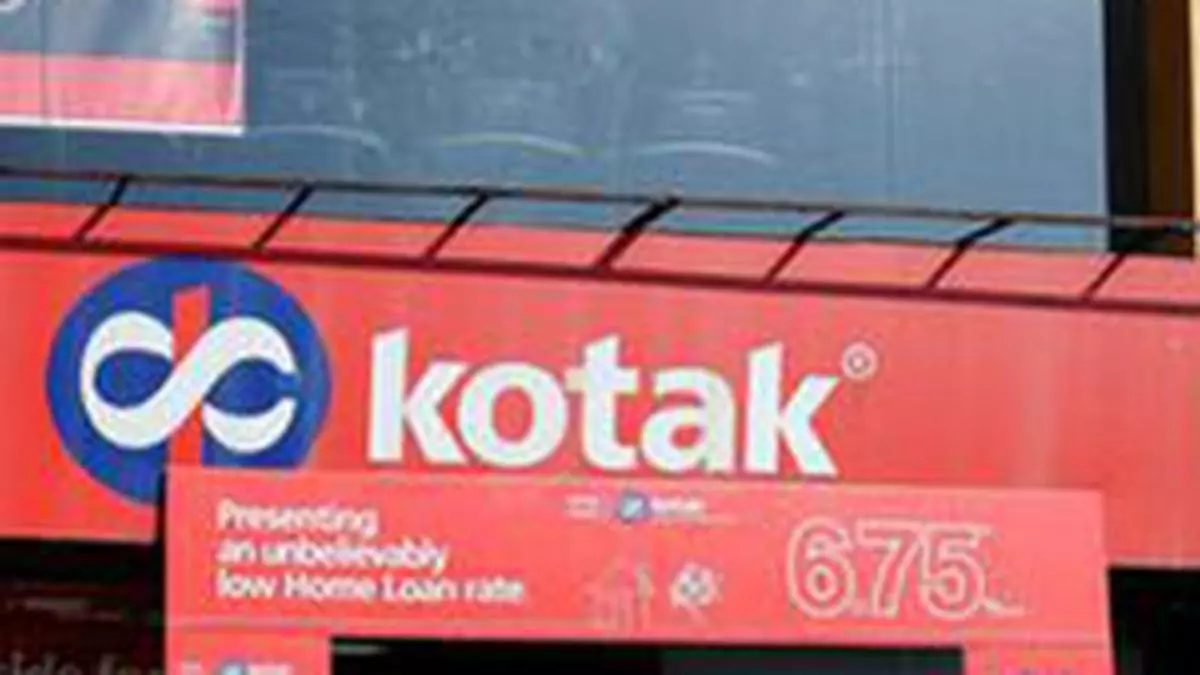Brace for higher volatility as valuations head north: Harsha Upadhyaya, CIO – Equity, Kotak Mahindra AMC
Political stability and policy environment are positives for the market, says Harsha Upadhyaya, CIO – Equity, Kotak Mahindra AMC. A strong reversal in flows or weakening earnings expectations could lead to a correction. Edited excerpts:
What is your outlook for Indian equities for CY24?
We continue to remain cautiously optimistic on Indian equities for CY24. Economic growth and corporate earnings trajectory continue to be strong. However, as valuations move up, one should be prepared for higher volatility as well. Continuation of positive macro situation, political stability coupled with positive policy environment and positive flows can support the market. Any strong reversal in flows, higher valuations or weakening earnings expectations could lead to a correction.
What is your take on valuations?
Indian equities have done very well during past three years and this has resulted in higher valuations especially in mid and small cap categories. Large caps in comparison look much better on valuations. Mid and small cap categories are currently trading not only higher than their historical average valuations but are also at premium to large caps.
India has seen FPI outflows of over ₹26,000 crore year to date… What is the outlook for FPI flows?
In the short term flows can be volatile. India continues to grow strongly by contributing nearly 20 per cent of incremental global growth. Our weightage in EM indices have been going up quite a bit. India also stands out with lesser dependence on exports at a time when many peers are struggling due to subdued global growth. All in all, India will continue to remain a favoured destination for international investors albeit higher valuations over the medium to long term.
Do you think we are at the end of the global interest rate tightening cycle?
We do expect interest rate cuts begin this year, perhaps towards the middle of the year both globally as well as in India. Falling interest rates will be positive for equity valuations. However, historically it has been noticed that the emerging markets tend to underperform with a lag after the initial few rate cuts due to growth concerns.
Domestic inflows have remained resilient throughout the past many months. What are the factors driving retail money into MFs and will this trend continue?
Increased awareness about benefits of equity investing and favourable taxation vis-à-vis other asset classes seem to be driving this trend. Even today the penetration levels are very insignificant indicating long runway for continued growth in equity investments. Strong equity returns in recent years has also driven the investment behaviour to some extent.
A lot of this money is flowing into small cap and thematic funds — is that a concern?
If this is due to chasing of returns without understanding the underlying risks then it can be a concern. We hope the investors are doing prudent asset allocation and are investing with long term focus. We would advise investors not to extrapolate past returns. One should also be mindful of valuations and as mentioned earlier mid and small caps are trading at historically high valuations. Investors should ideally moderate their return expectations as compared to last three years and also expect higher volatility as valuations increase.
What is your view on corporate earnings?
Corporate earnings continue to trend broadly as per expectations. December quarter earnings for Nifty basket was ahead of expectations but didn’t result in any significant upgrades for FY24 or FY25. We are expecting Nifty earnings to grow at high teens while mid and small cap segments are likely to grow in excess of 25 per cent over FY24 and FY25.
Could you talk about a few sectors that you find favourable right now?
We continue to bet on domestic businesses given more resilient domestic growth as compared to the global situation. Within domestic businesses, we favour non-consumption segment as the consumption weakness is still continuing at rural end and mass market segments. Overweight exposures are in Auto and auto components, Cement and Industrial sectors.
Published on February 26, 2024
